How to do Disney World with an invisible disability
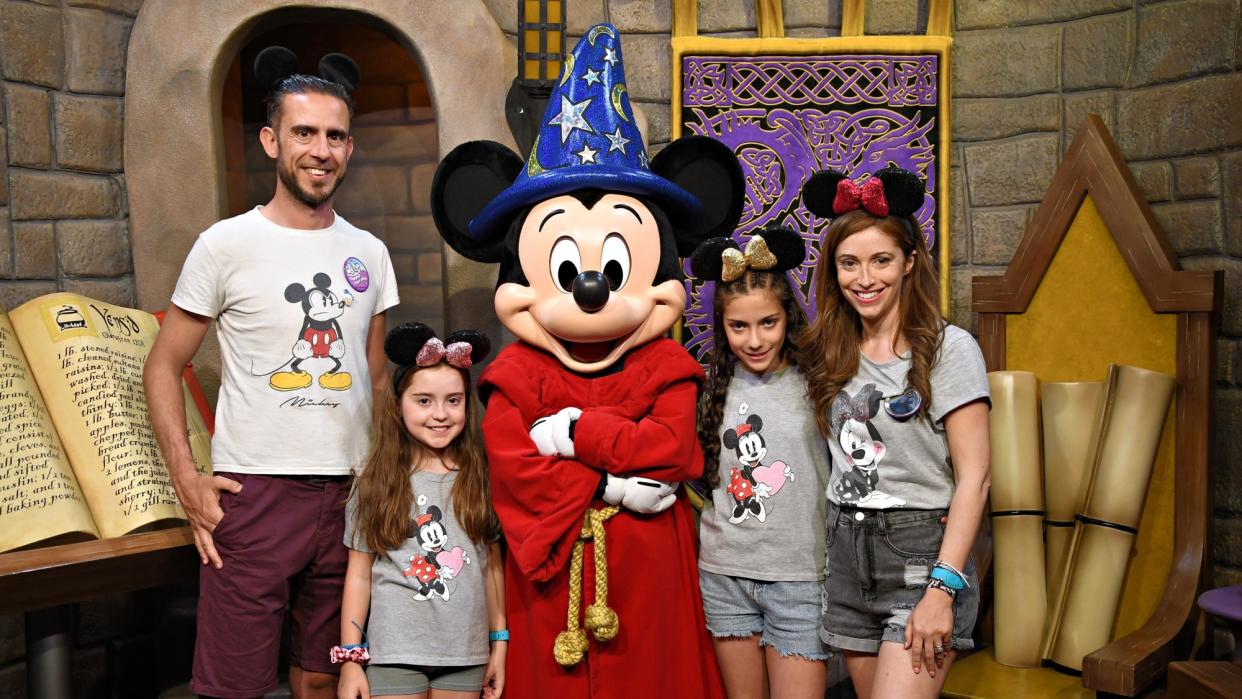
At 25,000 acres – equivalent to 13,000 football pitches – Walt Disney World may be the most magical place on earth but it can also be an exhausting destination to enjoy and explore – especially if you are disabled.
The Disney parks, as with other Orlando attractions, have gone to great effort to make their sites more disability-friendly, with adaptations such as ramps and wheelchair entrances – helping the Florida city rank among the world’s most accessible by Valuable 500.
But what about invisible disabilities?
My wife Danielle – who has multiple sclerosis (MS) – and I, along with our two daughters, put the sunshine state to the test to see just how easy it is to "do Disney World" with a disability.
Accessible travel to Disney
Accessible travel is about much more than wheelchair access.
MS sufferers such as my wife may not need mobility aids but struggle to stand and walk for long periods due to limited energy levels – while extreme temperatures can worsen symptoms.
She describes it as having units of energy that can quickly dissipate if not managed properly and can’t just be recouped with a quick rest or coffee.
That can be a struggle in Disney World where you want to make the most of the parks without exhausting yourself.
There are risks of being hit by extreme levels of fatigue or a relapse if you overdo it, which can mean days or weeks in bed, scuppering a holiday.
The fear of a relapse can also cause high levels of anxiety, which can drain energy levels.
Accessible travel begins at the airport. We booked special assistancewith British Airways, so could select a seat towards the front of our plane section, and get through security more quickly to board first.
We were helped off the plane at Orlando International Airport, and the facial recognition scanners at passport control were much faster than the UK’s often faulty e-gates, meaning we arrived without too much stress.
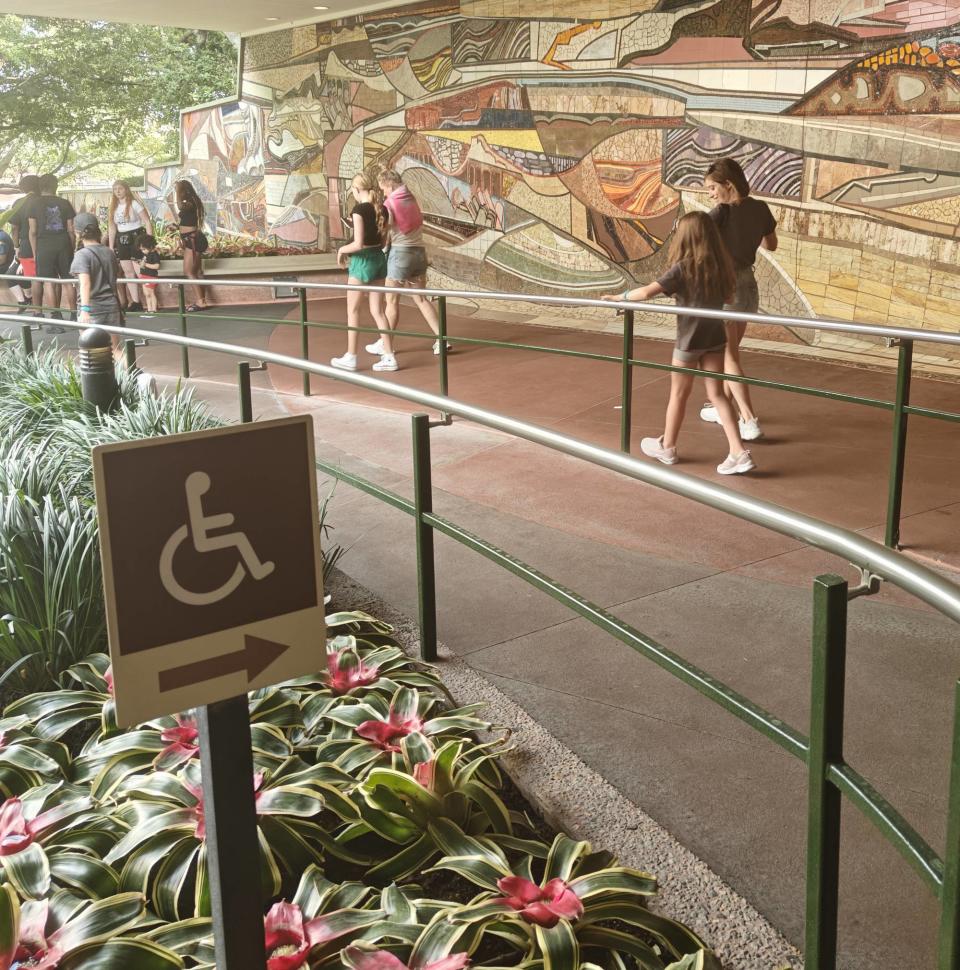
The importance of planning
Planning can help alleviate anxiety and prepare people with MS and other disabilities for what is ahead.
Danielle created a spreadsheet for each park to highlight the rides we wanted, which days, what time to visit and when rest days may be needed, creating a mental idea of the daily energy level required and the chances to recover.
Doing Disney with a disability
Disney World offers a Disability Access Scheme (DAS), providing return times for certain rides, shows and character meetings through the Disney World app so you don’t have to wait in the "standby line". Visitors can also make two advance selections per day when registering.
Once the return time is confirmed, you can make your way when ready and enter through the express Lightning Lane. After you tap in, you can reserve your next DAS ride in the Disney World app.
There is no automatic eligibility but the latest Disney guidance says DAS is for guests who "due to a developmental disability like autism or similar, are unable to wait in a conventional queue for an extended period of time".
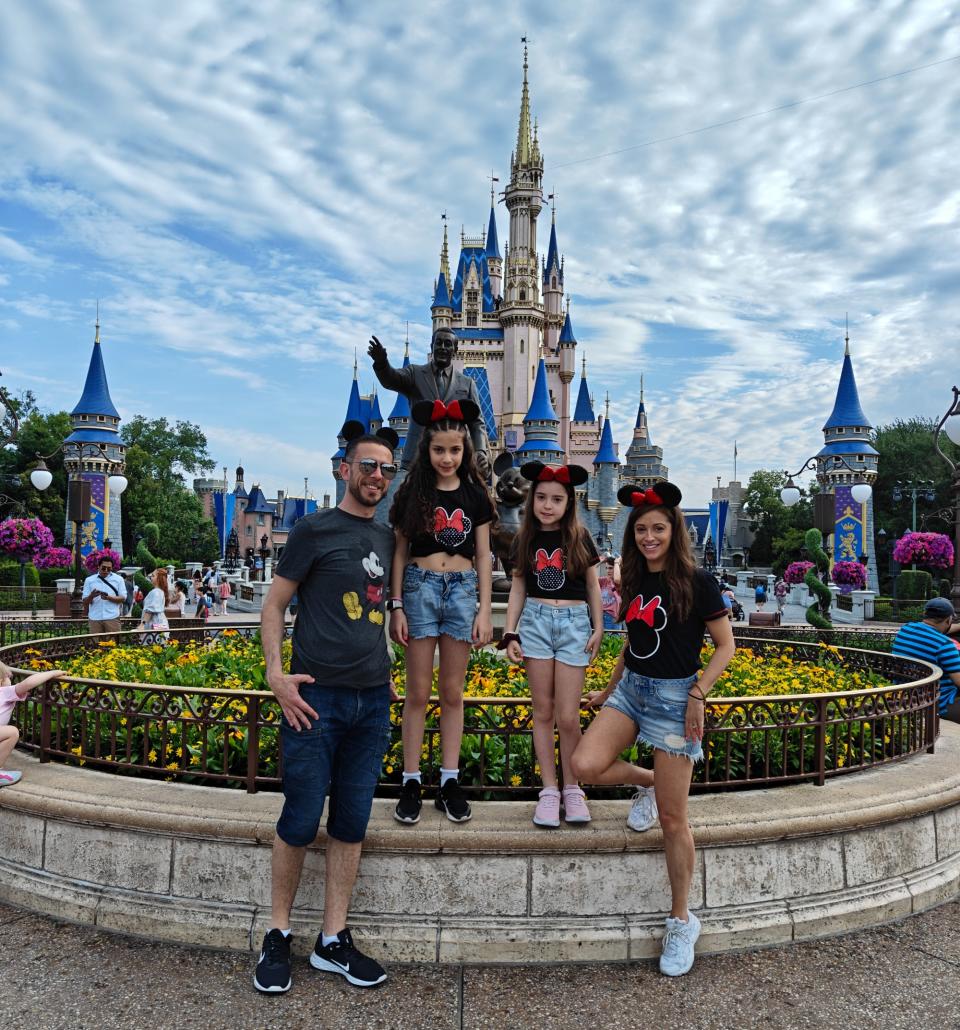
This means you may not be approved just because you use a wheelchair as you could be told to sit in line or use the accessible entrances. You need to explain to guest services, or through a video chat from 20 May, how your disability prevents you from waiting – not standing – in a queue.
DAS can also be combined with ride-skipping perks available to everyone such as Genie+ - which lets you pay to use a variety of Lightning Lanes for the day – or you can buy two individual Lightning Lane passes per day.
We thought we may need to rent a wheelchair or mobility scooter – available through Disney or cheaper off-site – but we found that using DAS and Lightning Lanes throughout the day, while following our detailed spreadsheet, meant we could access our desired experiences at a comfortable pace while managing Danielle's energy levels.
Getting around
We stayed at Disney's Pop Century Resort, a smooth 30-minute Uber ride from the airport and a convenient 20 minutes from the parks. It sits helpfully on the fully accessible Skyliner, a free character-themed cable car over Florida's Lake Buena Vista area.
It links Disney accommodation to Epcot and Hollywood Studios, and our daughters were excited on each ride to see which character their cable car would feature.
While the queues appeared long, they moved fast and the Skyliner was a stress-free and energy-saving way to travel.
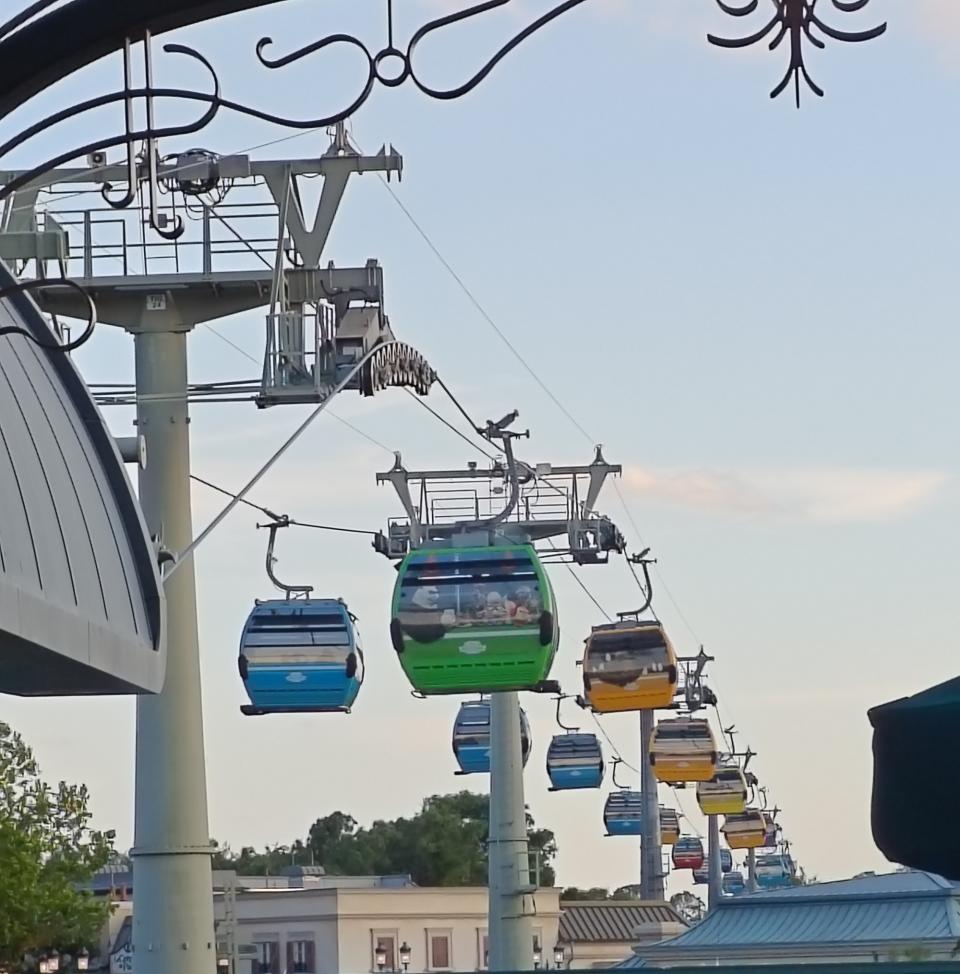
Disney hotels provide free shuttle buses to and from resort hotels and park entrances at Magic Kingdom and Animal Kingdom. These were pretty regular but can fill up quickly in busy periods.
Other options including taxis or renting a car through brands such as Enterprise or Alamo.
Disabled bays are available, and you can use a UK blue badge to leave your car right by the entrance at most of the parks – you still have to get a monorail when parking at Magic Kingdom – and have a slightly better chance of finding your car at the end of the day.
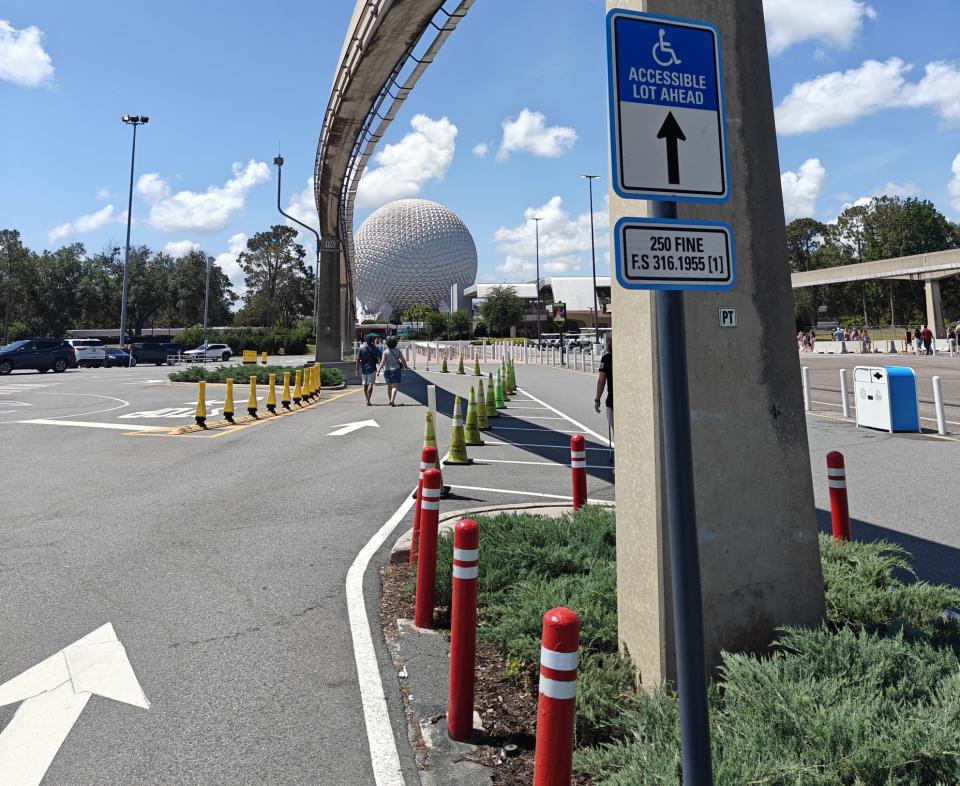
Beyond Disney
Many of the state’s other attractions such as Universal Studios and SeaWorld also provide disabled passes, accessible parking and extra guidance for those with sensory needs such as autism, as well as quiet areas and plenty of accessible toilets.
A less intensive but interesting option is the Kennedy Space Center, where many of its attractions on the Apollo moon missions and Atlantis space shuttles are indoors and air-conditioned, providing relief from the Florida heat.
We even met an astronaut, giving our daughters a chance to ask important questions such as how you go to the toilet in space and whether you get jet lag, which it turns out is a big research area for NASA.
Back on earth, we found the accessibility support throughout our trip boosted our experience right up to landing at London Gatwick where we were met by one of the 70 special assistance buggies. These take disabled passengers from the plane and through passport control, before helping with baggage collection and travelling to the car.
All we need now is to call NASA about the jetlag.

